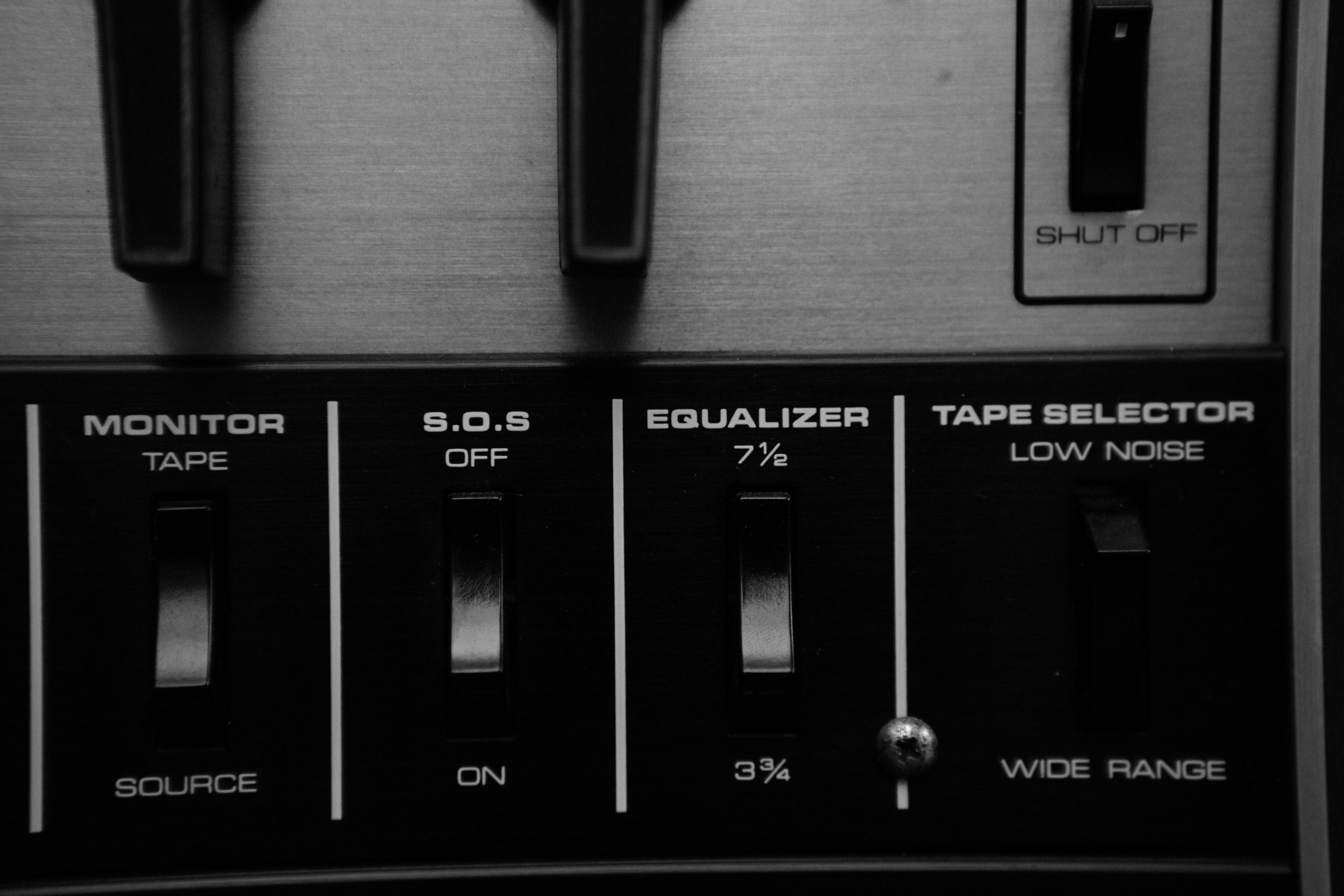Title: Troubleshooting Screen Tearing and Ghosting on an RTX 4060 System with an IPS Panel Monitor
Introduction
Experiencing visual artifacts such as screen tearing and ghosting can significantly impact your gaming and computing experience. If you’re noticing these issues after hardware upgrades, it might be related to compatibility, settings, or hardware configuration. In this article, we’ll explore common causes and effective solutions for addressing screen tearing and ghosting on a system equipped with an NVIDIA RTX 4060 graphics card, an Intel Core i5-14600KF processor, 16GB RAM, and an IPS panel monitor.
Understanding the Issue
Screen tearing occurs when your graphics card’s frame rate and your monitor’s refresh rate are out of sync, resulting in disjointed or “torn” images during gameplay. Ghosting, on the other hand, manifests as trails or blurs behind moving objects, often caused by slow pixel response times on the monitor or inadequate refresh rate management.
If these issues appeared after a hardware upgrade—specifically, a CPU and motherboard swap—it suggests potential configuration or driver-related problems.
Root Causes and Considerations
-
Hardware Changes and Compatibility: Upgrading to a new CPU and motherboard can alter system settings and BIOS configurations, impacting graphics performance.
-
Driver Issues: Outdated or incompatible graphics drivers can cause rendering artifacts. Attempting different driver versions or installation methods can help identify the culprit.
-
Display Settings: Incorrect resolution, refresh rate, or V-Sync configurations can result in tearing and ghosting.
-
V-Sync and G-Sync Limitations: While V-Sync and G-Sync are designed to eliminate tearing, they may not work as intended if not properly enabled or supported.
Recommended Troubleshooting Steps
- Verify BIOS Settings:
- Ensure your BIOS is up to date.
- Enable any specific settings for PCIe, graphics, or memory configurations.
-
Check that your monitor is set to the correct refresh rate.
-
Update Graphics Drivers:
- Download the latest NVIDIA drivers from the official website.
- Consider performing a clean installation to reset driver settings.
-
Test with both the latest and previous stable driver versions to identify compatibility issues.
-
Configure Display Settings:
- Set your monitor’s refresh rate to its native and maximum supported value.
- Ensure your resolution matches the monitor’s native resolution.
- Enable
Share this content:

